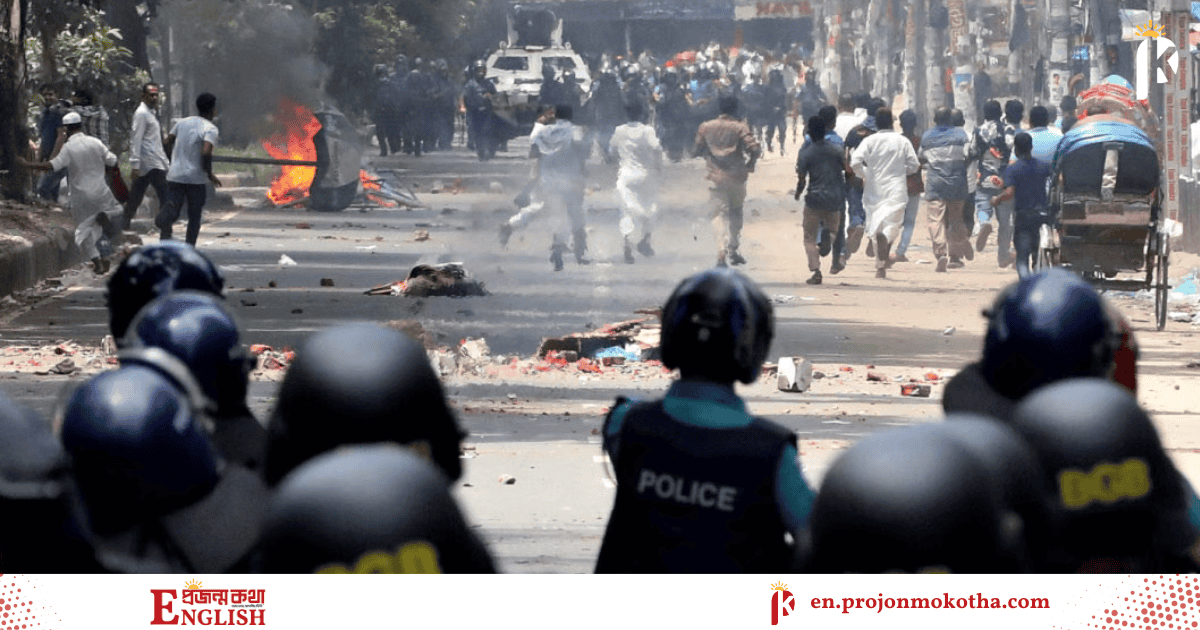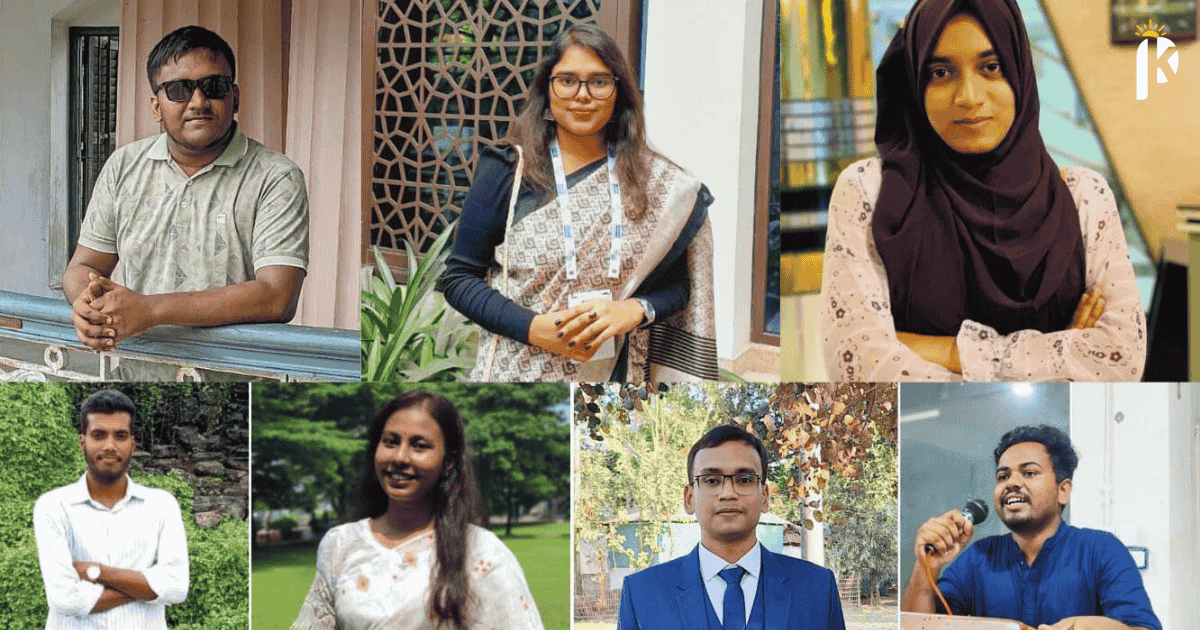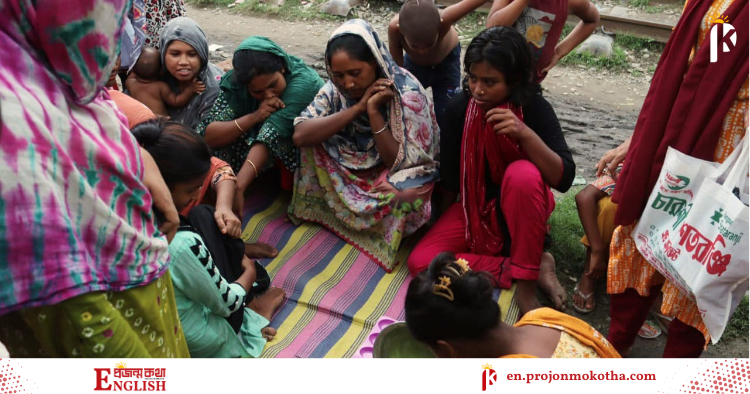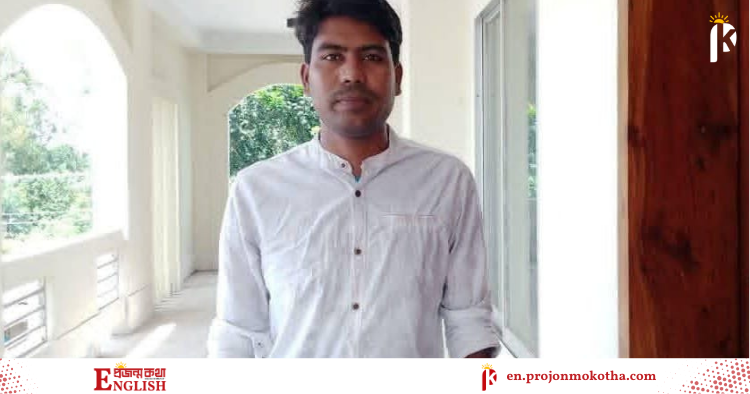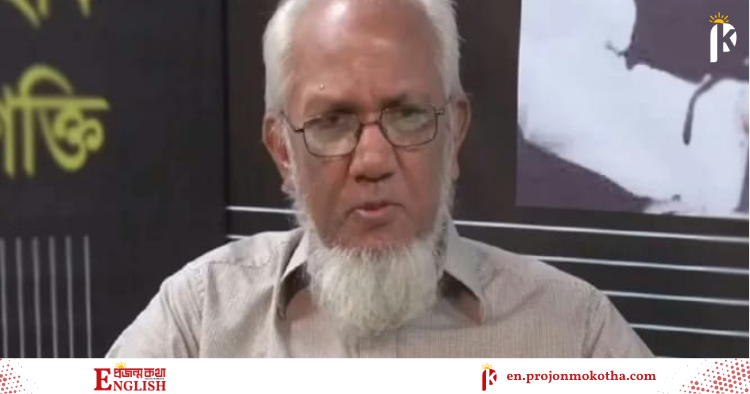Future Journalism in Bangladesh, Challenge for Next Journalists

- Publish : 01:04:21 am, Wednesday, 13 August 2025
- / 28
Shafi Mawla | Photo: Collected
While discussions on the past, present, and future of journalism in Bangladesh often highlight ongoing challenges, it is also evident that the nature of these challenges is evolving in contemporary times.
Although the University of Dhaka introduced a formal undergraduate program in journalism as early as 1967, studies show that until the year 2000, only a small fraction of practicing journalists held academic degrees in the field. Nevertheless, those who led the profession played pivotal roles during critical moments in the country’s history despite do not have academic degrees in journalism. Their contributions were rooted in relentless dedication, research, hands-on experience, and wisdom.
Yet, it is precisely here that the new crisis begins.
Today, most media outlets in Bangladesh explicitly mention in their job circulars that a degree in journalism is a mandatory requirement. This aligns with global professional standards every modern profession demands trained professionals. However, one study indicates that journalism degrees in Bangladesh are primarily being obtained from a handful of public and private universities, making this Subject relatively selective.
Recently, we engaged in in-depth discussions with 25 journalism students from several prominent private universities in Dhaka. Our aim was to understand how these aspiring upcoming journalists view the profession within the context of Bangladesh’s socio-political environment.
Interestingly, a few common patterns emerged among the students. Many expressed a strong interest in sports journalism, driven by a love for sports and the aspiration to be close to their favorite athletes. For them, this proximity is perceived as a personal achievement. However, some also expressed a tendency to criticize less-favored athletes in media narratives.
Similarly, a large number of students showed keen interest in entertainment journalism, motivated by the desire to engage with their favorite celebrities. Among the 25 students interviewed, nearly 20 showed a preference for this specific beat.
While the remaining five students expressed interest in other branches of journalism, it became clear that their perspectives differ significantly from those of the country’s senior journalists who currently lead the media landscape.
This suggests that in the next 4–5 years, as these students begin their professional journeys and today’s senior journalists gradually retire, the ethos and direction of journalism in Bangladesh may experience a significant transformation.
Delving deeper into this shift, we identified some notable factors.
A major concern lies in journalism education itself. A considerable number of Journalism teachers do not work directly in any News Media or media industry. Their teaching focuses primarily on theory covering journalism’s frameworks, history, and processes without adequately exposing students to the complex realities of the field. As a result, students remain disconnected from the evolving challenges and unpredictable nature of newsroom life.
This gap calls for a pragmatic solution:
universities should incorporate working journalists as adjunct faculty members alongside regular academic staff. This would allow practicing professionals to share real-world insights and foster meaningful connections between classroom theory and newsroom practice.
If this crucial bridge between experienced journalists and Journalism students is not built, there is a growing risk that the future of journalism in Bangladesh will be marked by fragmentation and disconnection potentially leading to a deeper crisis in the profession.





